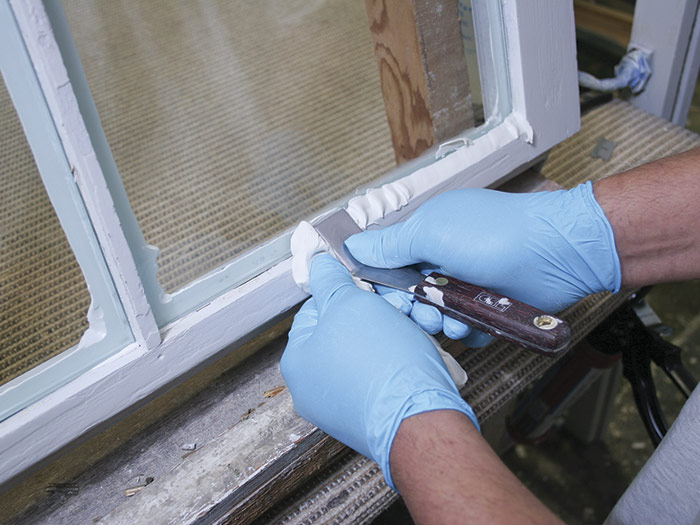Articles de blog de Gia Addy
Comprehensive Guide to Glass Door Repair
Glass doors are an ultimate architectural component in lots of residential and commercial areas. Not only do they serve as a functional entryway and exit point, however they also use visual appeal, permitting an abundance of natural light to flood indoor areas. However, like any other component of a structure, glass doors can suffer from wear and tear due to day-to-day usage, environmental factors, or unexpected damage. Understanding the subtleties of glass door repair can save homeowner money and time while making sure safety and performance. This post looks into the various aspects of glass door repair, determining typical problems, repair strategies, and maintenance suggestions.
Common Issues Faced by Glass Doors
Glass doors can deal with a variety of issues that require repair. The most common problems consist of:
| Issue | Description |
|---|---|
| Cracks and Chips | Physical damage causing loss of integrity and security. |
| Misalignment | Doors that do not close effectively due to incorrect installation. |
| Broken Hinges | Hindering smooth operation, causing more extensive damage. |
| Fogging/Condensation | Hindering presence and visual appeal. |
| Frame Damage | Triggering operational issues and prospective security risks. |
1. Cracks and Chips
Fractures and chips in glass doors can take place due to unexpected impacts or severe weather. While superficial chips may not immediately impact functionality, they can get worse over time if left unaddressed. Fractures, on the other hand, pose security dangers and can lead to total door failure.
Repair Techniques for Cracks and Chips
- Epoxy Resin: For smaller sized chips, a clear epoxy resin can be used to fill the flaw, restoring the glass's integrity and transparency.
- Replacement Pane: If the damage is comprehensive, replacing the entire glass pane may be essential. This usually involves removing the old glass and setting up a brand name new piece.
2. Misalignment
Doors that do not line up appropriately can result in ineffectiveness and increased wear on door parts. Misalignment can stem from inappropriate installation, weather condition variations, or endure the hinges.
Modification Methods for Misaligned Doors
- Hinge Adjustment: Tightening or loosening up screws on the hinges can help straighten the door. Ensure the door is level throughout adjustments.
- Shimming: If hinges are poorly positioned, shims can be placed to adjust the door's position without a full replacement.
3. Broken Hinges
Hinges are vital for the smooth operation of glass doors. When they break or become corroded, problems such as squeaking, trouble in opening and closing, and complete door failure can arise.
Steps to Fix Broken Hinges
- Evaluation: Check the hinges for indications of wear and damage.
- Replacement: Remove the harmed hinge by loosening it from the door and frame. Set up a new hinge that matches the original requirements.
4. Fogging/Condensation
Fogging or condensation in between double-glazed glass panels can arise from sealant failure, leading to unpleasant views and lessened insulation efficiency.
Solutions for Fogging
- Seal Replacement: The seals between double-glazed panes can be changed to bring back functionality.
- Replacement Units: In some cases, entirely new double-glazed systems might need to be bought and set up to make sure effective insulation.
5. Frame Damage
The frame supporting the glass can suffer from water damage, rot (particularly in wooden frames), or deterioration due to wear and tear. A broken frame can result in more glass issues and potential security threats.
Repair Procedures for Damaged Frames
- Support: For small damages, adding braces or strengthening the frame with new wood or metal might work.
- Total Replacement: When the damage is extreme, changing the entire frame may be required.
Preserving Glass Doors
Preventative upkeep goes a long method in making sure the longevity of glass doors. Routine checks and care can help reduce numerous prospective concerns.
Upkeep Tips
- Routine Cleaning: Use glass cleaners and soft fabrics to clean glass surface areas, eliminating dirt and grime.
- Lubricate Hinges: Apply lubricant to hinges and locks frequently to avoid rust and guarantee smooth operation.
- Examine for Damages: Routinely look for fractures, chips, or indications of wear, addressing concerns immediately.
Frequently Asked Questions about Glass Door Repair
Q1: How frequently should I keep my glass doors?
A1: Regular maintenance should be performed at least two times a year, with evaluations before and after extreme weather condition modifications.
Q2: Can I repair a crack in the glass myself?
A2: Minor fractures can be repaired with epoxy, however bigger cracks or damage might require professional help for safety.
Q3: What kind of glass is best for a door?
A3: Tempered glass is advised for its strength and security, as it is less most likely to shatter.
Q4: How do I understand if a professional repair is needed?
A4: If problems continue after fundamental repairs or if the damage is substantial, it's best to speak with a professional.
Q5: Are there any replacement costs to think about?
A5: Replacement costs can vary, but aspects such as glass type, size, and installation complexity can affect rates. Seek advice from local suppliers for accurate quotes.
Comprehending the complexities of glass door repair is necessary for preserving both the functionality and visual appeals of your residential or commercial property. Simple concerns can intensify if ignored; for that reason, addressing them without delay and seeking professional help when essential is essential. With mindful maintenance and attention to common problems, glass doors can stay a beautiful and practical feature for several years to come.
